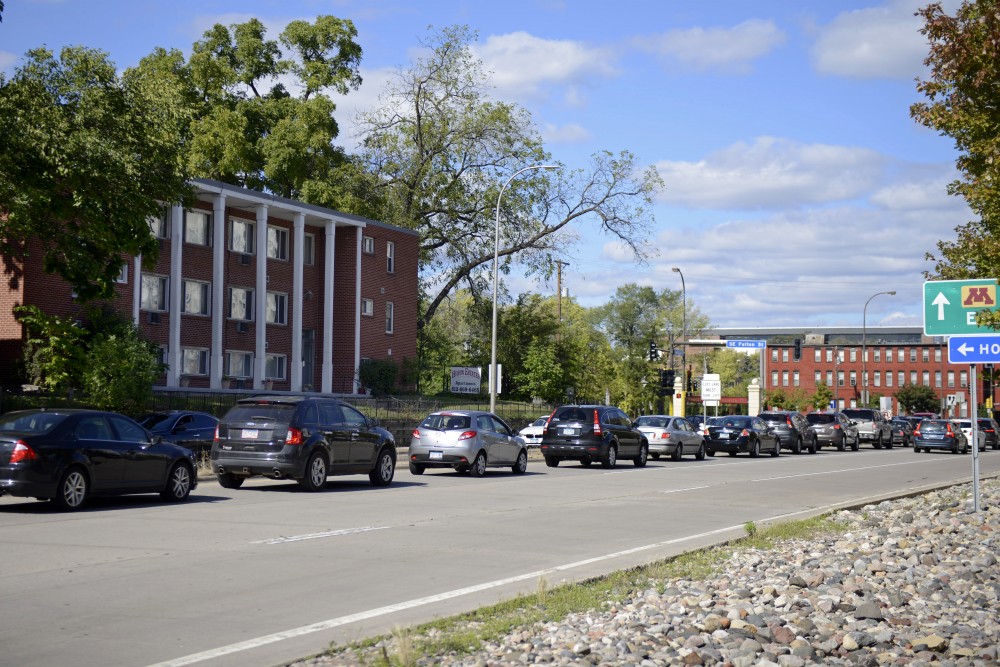As part of the University of Minnesota’s long-term plan to improve campus design, the Board of Regents recently authorized the purchase of a nearly half-acre parcel of land near TCF Bank Stadium.
Officials say the approximately $3.6 million purchase is a strategic move, allowing the University to better connect its existing properties, as well as provide the potential for growth on the edge of campus.
The property, located at 614 Huron Boulevard SE, currently houses a three-story apartment building that will be demolished by the seller. The University will issue debt to purchase the parcel, according to docket materials from the September Board of Regents meeting.
The land will provide a potential site for relocation of those who own properties the University may want to acquire in the future, as well as for future roadway improvements on Huron Boulevard and Fulton Street.
“The planning tools that we use are really intended to articulate where we think there are needs and how they should be met,” said Monique MacKenzie, director of planning and space for the University’s Capital Planning & Project Management.
The purchase is one that University staff has been working on for some time, said Brian Burnett, senior vice president for finance and operations in the Sept. 7 Regents meeting.
The property is a strategic acquisition that allows the University to piece together the clinical services center with the main campus, Burnett said.
“This gives us the opportunity … to make some real estate moves and move some entities that have been long in our way of making those connections,” Burnett said.
Though it’s too early to know exactly what the property will be used for, MacKenzie said one of the long-term issues the University wants to address is congestion on Huron Boulevard.
“At [the intersection of] Fulton and Huron to get into campus, that’s a primary entry point which is regularly congested,” she said. “As campus continues to grow, we believe it’s prudent to think about, if we need to make a street wider, where’s that going to happen?”
The southeast edge of campus where the property was purchased is likely to experience the most University growth over the next 10-15 years, so it’s important that the school has adjoining pieces of land, MacKenzie said.
“It doesn’t make sense, when we know we are ready to build the next clinic or whatever it might be, to have an incomplete, inadequate sized parcel of land to build on,” she said. “But we aren’t, today, looking at a 5-year horizon saying we need to do x, y and z. It’s a long range idea.”








